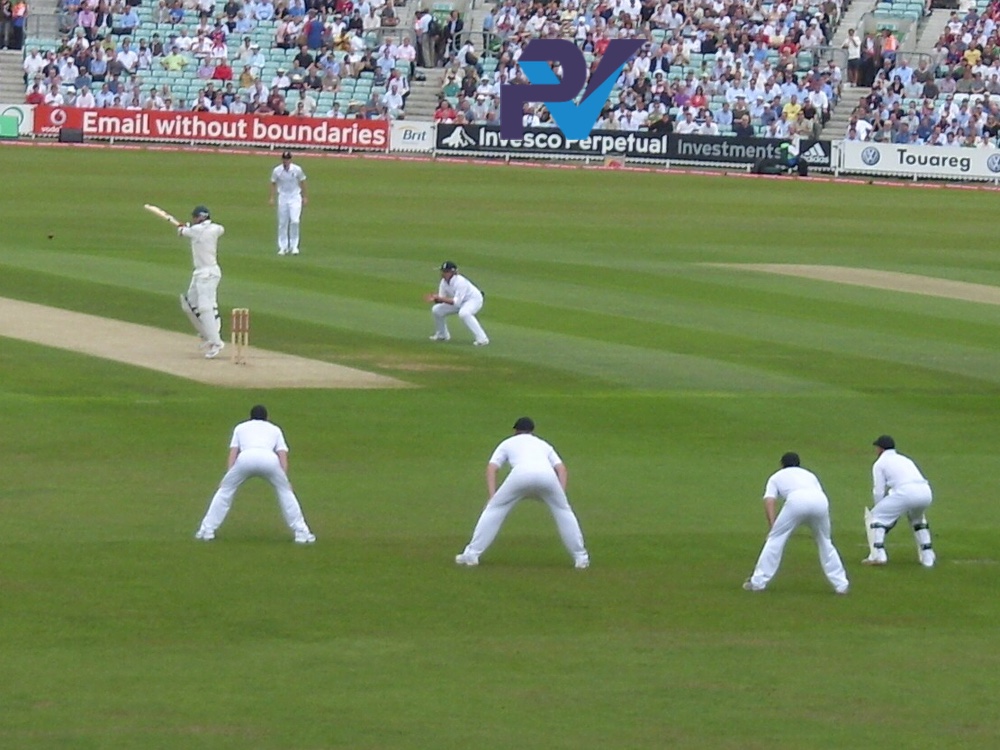Do You Know Where to Look When Slip Fielding? Science Has the Answer
 A recent study as revealed the answer to an age-old question; the best place for slip fielders to look when waiting for a catch.
A recent study as revealed the answer to an age-old question; the best place for slip fielders to look when waiting for a catch.
The study - performed by James Hughes at the UK’s Southampton Solent University - used eye-tracking equipment to find out where slip fielders look when waiting for the ball and tracking it for a catch.
And as James is a long time friend of PitchVision and excellent coach, we knew we could rely on his research to produce the goods.
What did it reveal?
- First slip focuses on the ball.
- Second slip and beyond focus on the bat.
While this clarifies much conventional coaching advice, it’s good to know that most coaches are telling players the right thing. If you hear anything else, treat it with a pinch of salt.
Where it gets even more interesting when you compare players of different ability.
How not to catch
James also discovered a difference between abilities. High quality players tend to focus “more specifically” than amateur players.
The amateurs try to take in more information by spreading attention between the bat and ball. The theory is the more information you have, the better chance of a catch.
However, research from others has shown that this assumption is incorrect.
In fact, the more information the brain has to process, the longer it takes to make a decision to catch it, and your reaction time is slowed. The elite players have developed a method of focusing on either the ball (1st slip) or the bat (2nd slip and beyond) and deciding more quickly.
In James’ work, the amateur players were trying to look everywhere at once. The pros had a laser focus and took more catches.
So, what does tha mean for your practice?
Coaching visual awareness
Traditionally, coaching close catching has focused on technique like hand and feet position. There has also been advice on concentration. These are important but - as this study shows - the visual part of catching is all important.
While James didn’t offer specific advice for visual coaching, it’s clear that practical catching practice should most accurately reflect game situations. Good coaches combine these drills with advice on visual awareness alongside technique and fitness.
Good catchers use practice to try the technical, mental and visual tricks they have learned until they find a method that works best. Trial and error is the best teacher.
It’s a simple upgrade, but one that’s going to get you more slip catches this season. As proven by research.
Thanks to James Hughes for providing PitchVision Academy with exclusive access to his work. You can find James coaching cricket at Portsmouth Grammar School.
- Login to post comments

